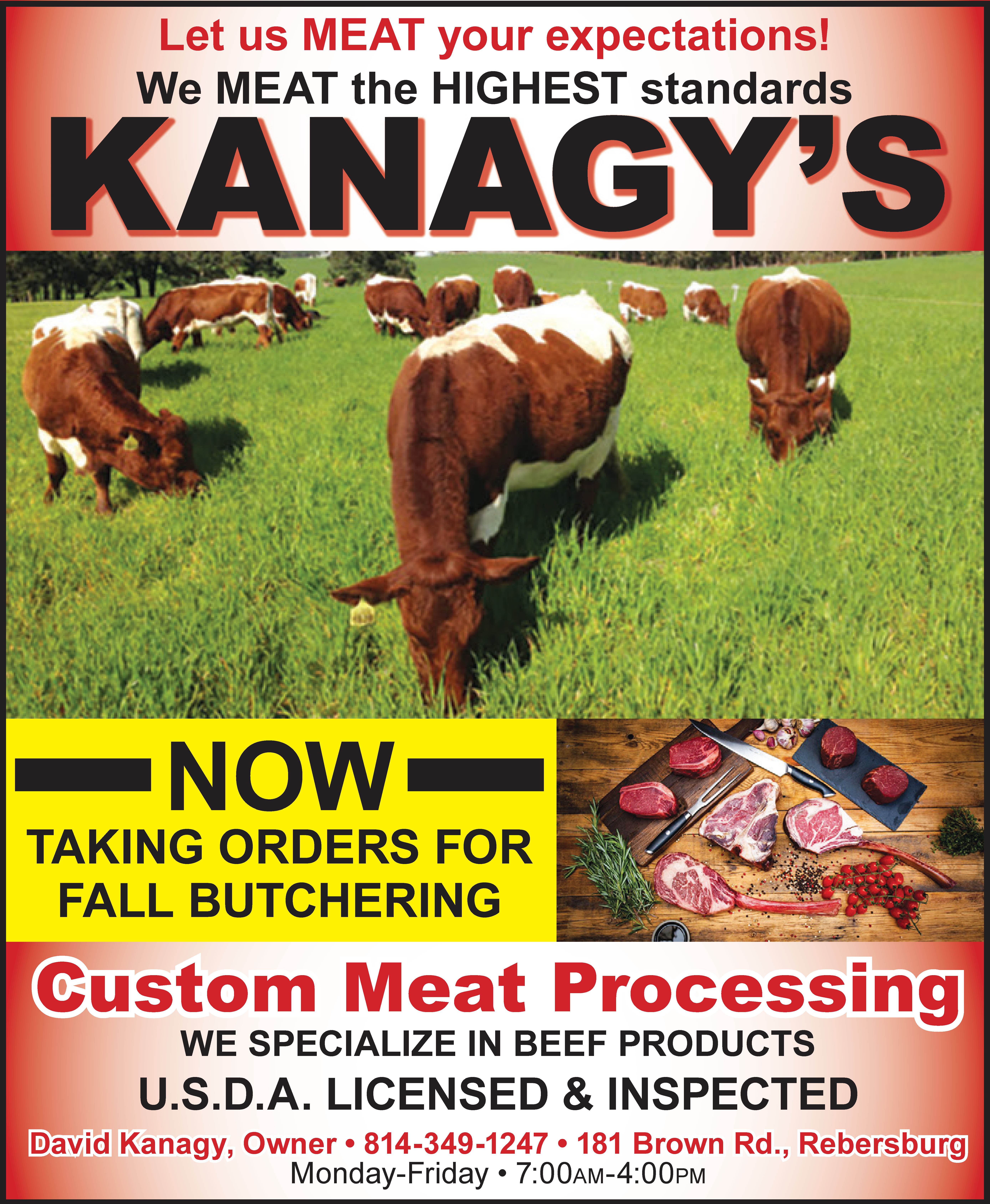While at coffee the other morning with the gang, the subject of coyotes came up. One of the guys showed us a photograph of a coyote that was recently trapped near his home in the Lairdsville area. It was a pretty good-sized coyote weighing in at around 50 pounds. During the conversation somebody else mentioned that he recently seen one dead along the highway and a couple of us mentioned hearing howling on several occasions during the late day or evening.
I have observed coyotes a couple of times on my cameras during this past summer and I have also spotted a few lying dead on highways, but I have not encountered any recently while in the woods. I have only hunted coyotes a few times but was never successful in taking one.
My wife, on the other hand, while hunting deer with me one day, was able to drop a nice coyote that showed up where we were posted. That coyote is now part of our collection of wildlife mounts.
I suspect that most people reading this piece have had similar experiences when it comes to seeing coyotes. We see them dead on the highway or we may on occasion hear them howling but spotting them while out and about is fairly rare.
For a critter that’s about the size of a German Shepherd they still manage to stay out of sight most of the time. It was estimated that there were about 4,000 coyotes roaming about in Pennsylvania in 1990 but those numbers have increased annually ever since.
Most are found in rural locations but coyotes are extremely adaptable and some have learned to thrive in suburban locations and even in urban areas. Coyotes are often found in packs with the mated pair the leaders of their offspring.
While coyotes generally eat rodents, rabbits, birds, deer, and a variety of other wild animals, they are also often found feeding on carrion. However, they will also attack and eat family pets, as well as larger animals like sheep or goats. Coyotes usually hunt in packs, especially when trying to overpower larger animals. While coyotes are found throughout Pennsylvania, the greatest numbers are located in the northern half of the state, which also happens to be where our highest deer population is found.
You must possess a valid hunting license to pursue coyotes. However, if hunting coyotes during a big-game season, a hunter must also have a valid harvest tag for big game that’s in season. There is no closed season for hunting coyotes, and they may be hunted on Sundays throughout the year. There is no limit as to how many you can take, and they may be hunted even after dark.
Bear in mind, too, that if you are hunting coyotes during a big-game season, big-game orange requirements must be followed.
If you are hunting coyotes during the winter months when there is snow on the ground, their tracks are easy to distinguish from other animals; they run in a very straight pattern with the hind paws registering directly on the prints made by the forepaws.
Even if you don’t plan to hunt or trap coyotes, it would still be interesting to catch a glimpse of one in your daily travels.




